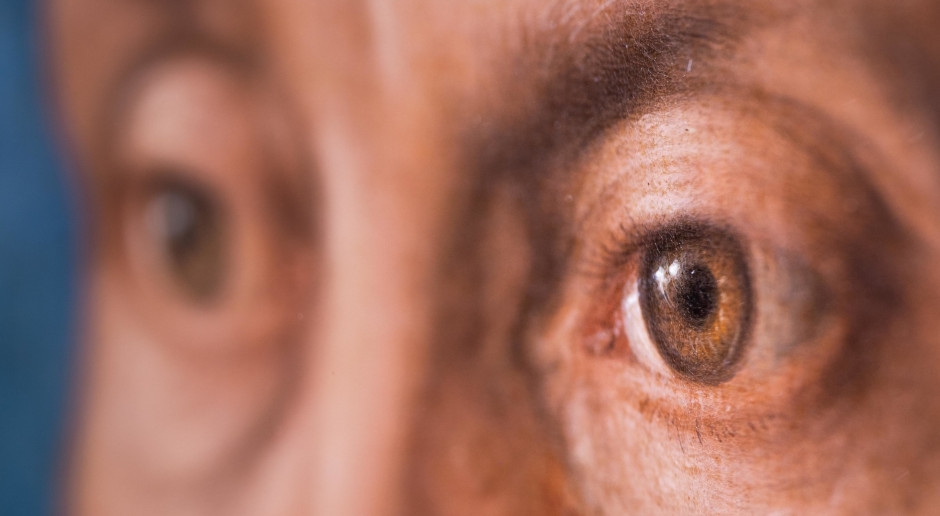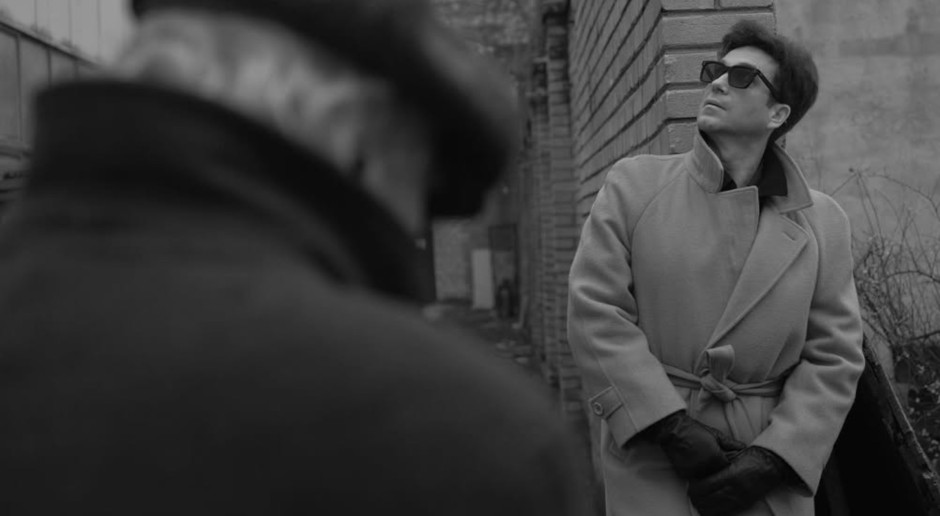A historic moment at Wawel Castle. Dürer in Poland for the first time.

"Yes! He can conjure up on canvas even the unrepresentable, all the passions, the entire human soul radiating from the body, even speech," wrote Erasmus of Rotterdam about Albrecht Dürer's portraits. This November, you'll be able to see the truth of these words for yourself, as a painting by the eminent Renaissance painter will be on display at Wawel Castle for the first time in history.
The Dürer and Holbein exhibition at Wawel Castle, opened as part of the annual "Free November" campaign, will allow visitors to see works by leading German Renaissance portrait painters free of charge throughout the month. The exhibition, set up on the second floor of the Royal Castle in the Hall Behind the Tents , will run until February 1, 2026. Alongside Dürer's Portrait of Jakob Muffel (1471–1526), Hans Holbein the Younger's Portrait of Hermann Hillebrandt (?) de Wedigh (b. 1494) will also be on display.
 Albrecht Dürer: Jacob Muffel (1471-1526), 1526 Photo: Łukasz Gągulski / PAP
Albrecht Dürer: Jacob Muffel (1471-1526), 1526 Photo: Łukasz Gągulski / PAPAs pointed out by Prof. Andrzej Betlej, Director of the Wawel Royal Castle, the exhibition is the result of joint efforts with museum professionals from the Gemäldegalerie in Berlin, one of the most important museum institutions in Germany, whose collections are among the world's largest collections of paintings.
" Never before in the history of Polish museums have paintings by Albrecht Dürer been shown. I am very pleased that this exceptional work has found its home here, at Wawel Royal Castle. This is a special place – the connection between the Renaissance master and the Renaissance residence is obvious to everyone. Naturally, it is the perfect space to showcase both works," the director noted.
 Director of the Wawel Royal Castle Museum, Prof. Andrzej Betlej, during the presentation of the temporary exhibition Duerer and Holbein at Wawel. Photo: Łukasz Gągulski / PAP
Director of the Wawel Royal Castle Museum, Prof. Andrzej Betlej, during the presentation of the temporary exhibition Duerer and Holbein at Wawel. Photo: Łukasz Gągulski / PAP Dagmar Hirschfelder, director of the Painting Gallery of the State Museums of Prussian Cultural Heritage in Berlin, during the presentation of the temporary exhibition Duerer and Holbein at Wawel Castle. License: Łukasz Gągulski / PAP
Dagmar Hirschfelder, director of the Painting Gallery of the State Museums of Prussian Cultural Heritage in Berlin, during the presentation of the temporary exhibition Duerer and Holbein at Wawel Castle. License: Łukasz Gągulski / PAPAs Dr. Dagmar Hirschfelder emphasized, the exhibition also has a historical dimension, showing the strong artistic ties between Krakow and Nuremberg.
Unique portraits of Renaissance masters"Nuremberg was an important commercial metropolis, where many exquisite works of art were created, often commissioned by patrons from distant lands, including Krakow. At the same time, Nuremberg artists worked and created here, in Krakow. Everyone knows Veit Stoss, but it's worth remembering that two of Albrecht Dürer's brothers were also connected to the city – Hans, who settled in Krakow and was the court painter of King Sigismund I, and Andreas, whose stay in the city was documented in 1532," Hirschfelder notes.
The exhibition at Wawel Castle presents two exceptional works from the Berlin museum's collection – Renaissance portraits from the early 16th century. The 1526 Portrait of Jakob Muffel is one of the last paintings by Albrecht Dürer (1471–1528), perfectly capturing the characteristics of his late style. In it, the artist immortalized the renowned Nuremberg patrician and mayor of his hometown.
As Dr. Dagmar Hirschfelder notes, Dürer rendered every detail with extraordinary precision —from facial features to the texture of fabrics and the softness of fur. The realism of this work is stunning, and its power lies not only in its faithful reproduction of the appearance but also in capturing the character of the sitter.
Muffel's gaze reveals dignity, majesty and piety – traits that the master wanted to preserve for posterity, creating portraits that are not only a record of external features, but also of the inner world of a person.
 Albrecht Dürer: Jacob Muffel 1526 / Gemäldegalerie, Staatliche Museen zu Berlin / André van Linn Public Domain Mark 1.0
Albrecht Dürer: Jacob Muffel 1526 / Gemäldegalerie, Staatliche Museen zu Berlin / André van Linn Public Domain Mark 1.0The second artist featured in the exhibition is Hans Holbein the Younger, court painter to the English elite, merchants, and distinguished figures, including King Henry VIII. His work, Portrait of Hermann Hillebrandt (?) de Wedigh, was created around 1533 and remains impressive for its authenticity and technical excellence. Although the sitter's identity has never been definitively confirmed, based on the coat of arms on the gold signet ring, it has been assumed that it depicts a member of the Wedigh merchant family of Cologne.
"As with the image of Muffel, here too the subject's personality is evident, expressed in individual features. I pay particular attention to the subtle asymmetry of the face – the image is not idealizing, but remains deeply realistic," emphasizes Hirschfelder.
 Hans Holbein the Younger - Portrait of Hermann Hillebrandt de Wedigh, 1533 / Gemäldegalerie, Staatliche Museen zu Berlin / Jörg P. Anders Public Domain Mark 1.0
Hans Holbein the Younger - Portrait of Hermann Hillebrandt de Wedigh, 1533 / Gemäldegalerie, Staatliche Museen zu Berlin / Jörg P. Anders Public Domain Mark 1.0At the end of October, Wawel Royal Castle saw record attendance, with over 3 million tickets sold. As Professor Andrzej Betlej, the Castle's director, points out, the final result of the year will be determined by, among other things, Free November.
Since 2012, royal residences have been open to the public free of charge, promoting Polish history, art, and heritage , and increasing access to culture for all audiences. A new exhibition at the Armoury and a presentation of works by Dürer and Holbein will also boost attendance at the end of the year.
well.pl





